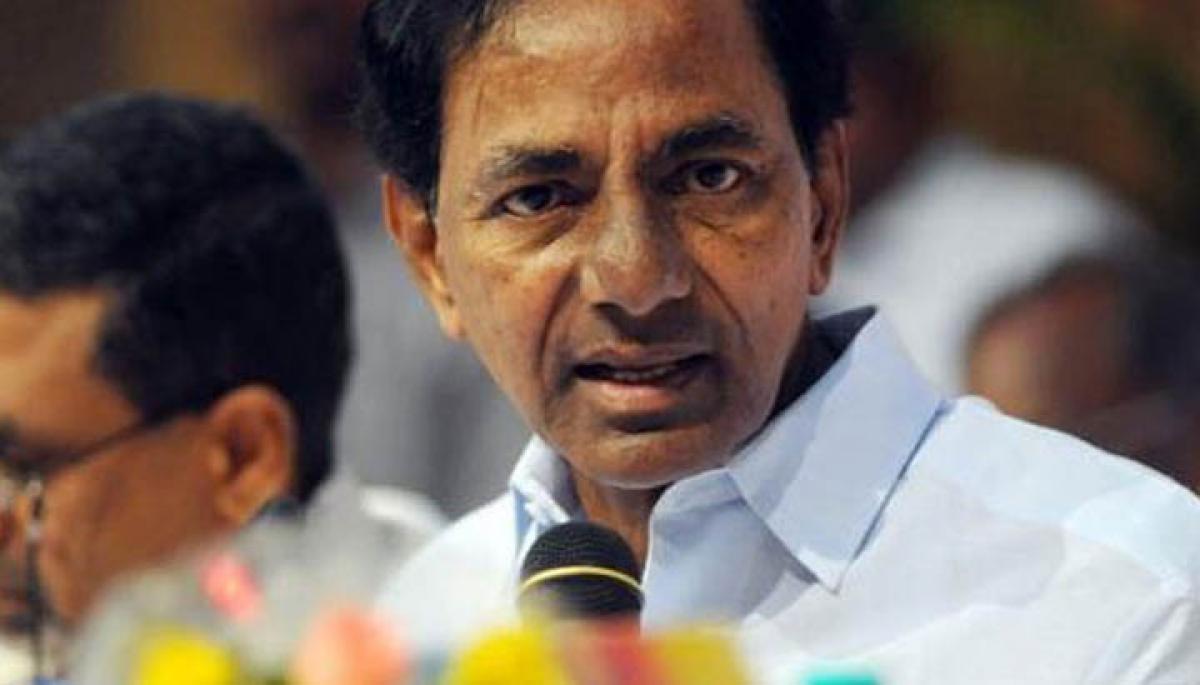Live
- Asif files nomination for Vijayawada West constituency
- Over 16,000 posts to be filled in Health dept
- Google to Unveil Antivirus System in Android 15 Beta Release
- VITEEE-2024 begins from today
- YS Jagan's Memanta Siddham Bus Yatra starts at Godicherla
- Kishan Reddy realises he could not win, hence report card: BRS
- Hyderabad: Major fire breaks out at scrap godown
- TDP releases video songs highlighting AP govt’s failures
- KCR to kickstart his bus yatra from April 22
- EC observers review measures taken in Chevella LS segment
Just In

The Socio Economic Outlook of Telangana reveals the numerous challenges, dynamic environment and enormous opportunities to make the Telangana state the icon of development given the leadership with foresight, fortitude and determination.
The Socio Economic Outlook of Telangana reveals the numerous challenges, dynamic environment and enormous opportunities to make the Telangana state the icon of development given the leadership with foresight, fortitude and determination.
.jpg)
The way forward for reinventing Telangana rests on fully harnessing the natural and human resources, setting right the imbalances and in congruencies that crept into the mainstream development processes so far. This chapter is an effort to focus on such challenges, opportunities and unfold the strategies sector-wise as part of the roadmap ahead, taking into consideration the recommendations of various Task Forces setup by the Government.

© 2024 Hyderabad Media House Limited/The Hans India. All rights reserved. Powered by hocalwire.com







